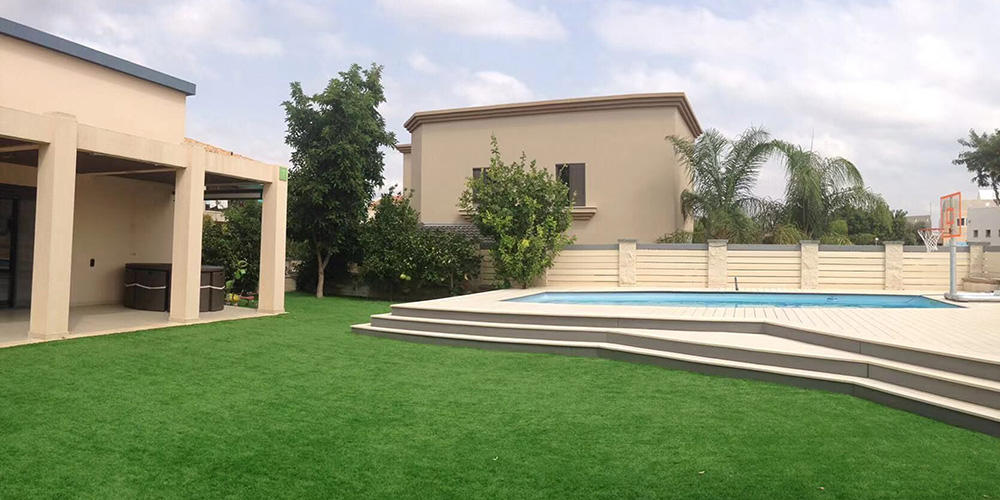Synthetic turf offers limitless possibilities for sporting events, games, and leisure activities. It doesn’t require fertilizers, water, or recovery time, and it may be used all year long, at any time, in any weather.
Since climate change is one of the most important problems we face today, the industry must support sustainability. In this post, we look at a few of the most popular eco-solutions and explain the most important thing we think about when making decisions.
The Complexity of Sustainability
At present, the synthetic turf industry has a wide range of sustainability options, many of which still need proof. Sustainability is a complicated subject, and many apparent eco-friendly solutions have negative consequences over time or under closer examination. These negative repercussions are either undiscovered, occasionally underappreciated, or sometimes too complex to consider. We’ll delve deeper into a few particular subjects below.
The Difficulties with “Bio-Based”
Some football turf products are made from bio-based materials made from biomass, such as sugar cane. These plant-based products sound more environmentally friendly than conventional plastics made from fossil fuels, and “bio-based” labels undoubtedly appeal to consumers who are concerned about the environment.
A name like this also prompts essential issues our sector cannot afford to sidestep. New technologies often have unanticipated side effects, like deforestation, which harms the ecosystem. In light of this, it is safe to claim that the sustainability value of the term “bio-based” is frequently oversold. We must thoroughly research these products and solutions before relying on them.

Bio-based versus Bio-degradable
Despite having distinct meanings, the terms “bio-based” and “bio-degradable” are sometimes used synonymously. “Bio-based” means where a material comes from, while “bio-degradable” means it will break down naturally over time. So, bio-degradable materials are good for one-time use or short-lived items because they won’t hurt the environment if they end up in soil or water, which is a good thing.
But using biodegradable parts in products that last a long time or have a “second life,” like synthetic turf, is often not sustainable. This is because, after only a brief period of use, energy, processing, transportation, and manufacturing costs are completely “lost.” Additionally, the possibility of early biodegradation can force an early replacement of the solution, using up even more energy and resources.
Circular Turf Solutions – What are They?
When we talk about “circular” solutions, we mean those that function across several cycles or periods of usage, providing a maximal lifecycle, after which the recovered materials can be recycled and utilized again for high-quality applications, perhaps beyond our sector. Even though down cycling constitutes the majority of recycling today, we are climbing the quality ladder due to the rising popularity of items that are “made to recycle.”
A CCGrass environmental concept called “Greenlife” makes sure that all production, product development, and innovations follow stringent ecologically friendly and sustainable criteria. CCGrass is dedicated to protecting the environment in a methodical manner and continually making a positive impact on our sustainable future.